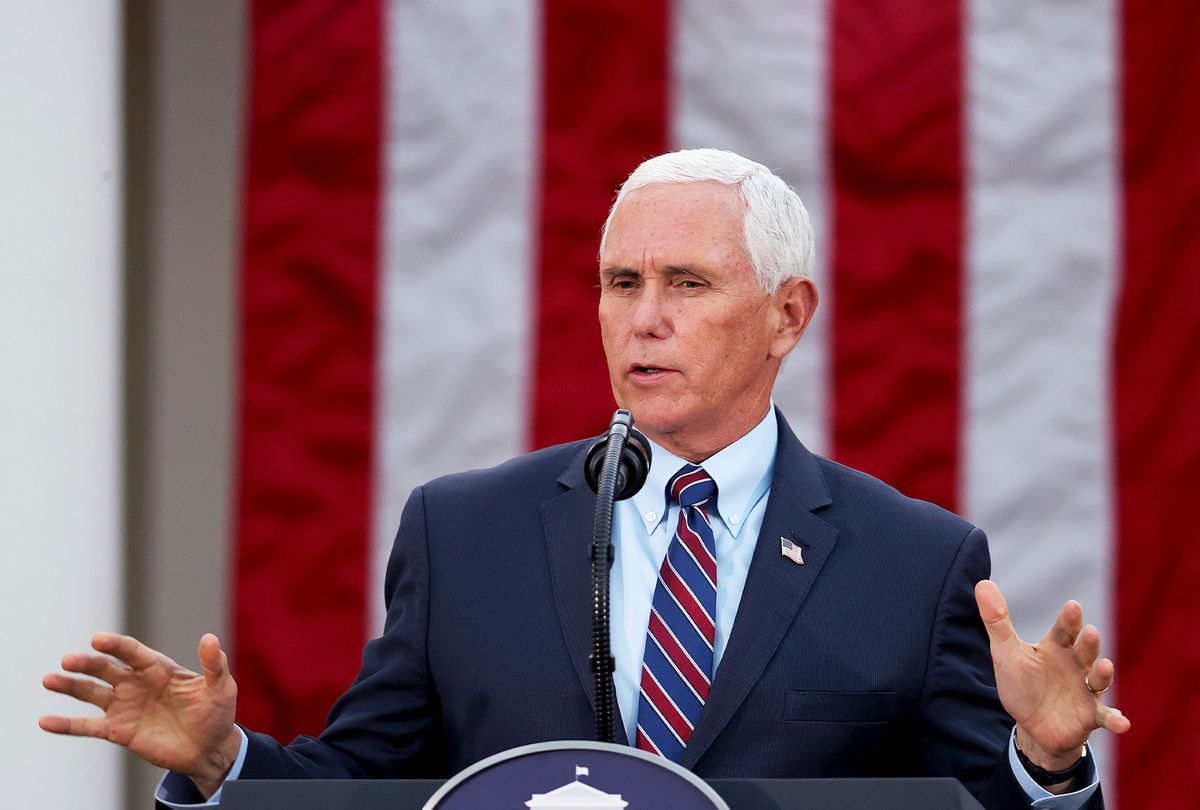Adams floats idea of New Yorkers housing migrants in ‘private residences’

There are any spare rooms available at Gracie Mansion.
Mayor Eric Adams wants to pay New Yorkers for sheltering migrants in their homes, as the Big Apple struggles with finding beds to accommodate the thousands of asylum seekers flooding the city.
Adams, in his latest effort to combat the ongoing migrant crises, floated on Monday a “private residence” half-baked plan that could see local homeowners receiving compensation for housing asylum seekers.
Hizzoner made the proposal when he announced that religious leaders agreed to begin housing adult male migrants at 50 places scattered throughout the five boroughs in the coming month.
|
There are residents that are currently suffering because of economic problems. They have spare bedrooms. “They have locations,” said the mayor, who argued that his proposal for private residences could put money in the pockets taxpayers.
Adams did not provide specifics about how the plan would operate, including the amount New Yorkers might receive each night to cover the costs of hosting a refugee. A spokesperson did not answer when asked whether the mayor would accept migrants into his Brooklyn home.
He did, however, say that the city will pay places of religious worship about $125 per night for each asylum seeker. This is less than the $380 cost to house a household of migrants, including a family of four or single adults.
If the plan for private residences goes ahead, New Yorkers could be paid more than foster parents are given to raise an Empire State child.
According to the Office of Children and Family Services, the state pays $40 per day for children over 12 years old.
Adams said that his plan to help families in their homes was cheaper and a better investment than placing people in emergency hotels or large gatherings.
“And if you’re a member of a family where you’re bilingual, you will be able help the bilingual person who is coming here.”
“We should recycle our own dollars,” he added. This crisis should be used to create opportunities. This is the best way to deal with it.”
Adams admitted that City Hall needed to change its “30-day rule” in order for his plan work.
A City Hall spokesperson responded to a question about the rule by citing New York law, which states that a guest must live in a home for at least 30 days before becoming a legal tenant.
When pressed for more details, he replied: “We’re trying navigate all the rules on how to do it.” “There are multiple layers of how a person can use their space. We will make sure we are following all rules, and if there is a rule that needs to be changed that’s within my control we will do it. We will reach out to state colleagues if there are rules that need changing at the state level.
The lack of information led some homeowners to call the mayor’s plan “nuts”.
Zainab J., a Park Slope resident, told The Post that it would be a complete chaos.
Tim Naylor owns the townhouse that she and her partner have lived in for 24 years. He said migrants shouldn’t get a “freebie” because many New Yorkers can’t afford to buy a decent home.
“Even though it would be worth it for homeowners, we shouldn’t spend our money on this kind of crap.” “You have too many New Yorkers that can’t afford to live,” said he.
Before you know it, we’ll be inundated with more migrants.
Tom Harriman who owns a condo in Park Slope also commented on Adams’ latest proposal for migrants, saying that the plan “seems very strange.”
Who are these people?” The 77-year old retiree asked, “What are the living conditions?”
He said the mayor’s speech was full of soundbites, but he didn’t provide any details.
Joe Borelli, the Republican leader of NYC Council, posted a message on social media asking: “What are your goals?” When will we stop paying our bills? “What is the exit ramp?”
The 157 emergency shelters set up in the five boroughs are currently overflowing with 45,900 asylees.
City Hall reports that in the past week, 2,200 migrants have been housed at shelters.
Adams’ administration has been criticized for its attempts to address the migration crisis, including the temporary housing of migrants in elementary schools gyms.
The recently announced faith-based program, which is a part of a two-year partnership between the New York Disaster Interfaith Services and the New York City Department of Housing, has tenancy capacity for approximately 1,000 migrants at first.
The city will also be opening five daytime centers as part of this program to provide support to migrants during the day, allowing the faith-based space to continue offering their usual services to New Yorkers.
On Monday, Pastor Gil Monrose said that New York City has seen an unprecedented influx of asylees since last spring. He is the executive director of Office of Faith-Based and Community Partnerships.
“I’m really grateful to faith leaders who open their doors to asylum-seekers — they provide their space and the hands of their community to care for these people. New York truly is a city full of faith.”









No Comments